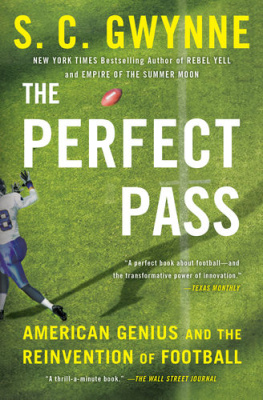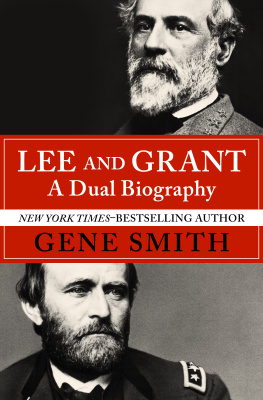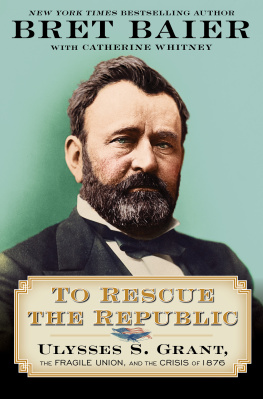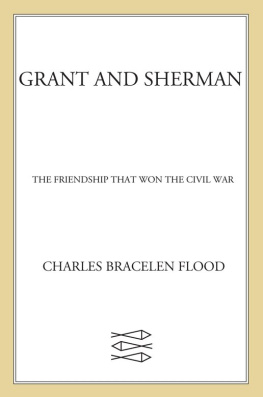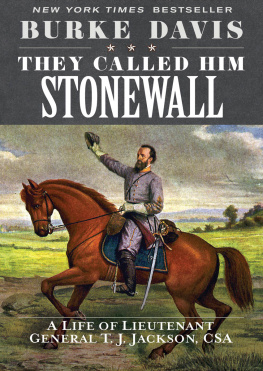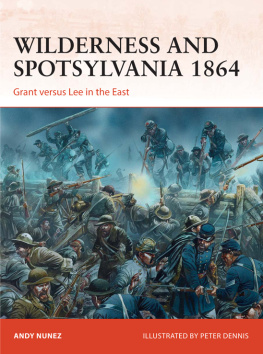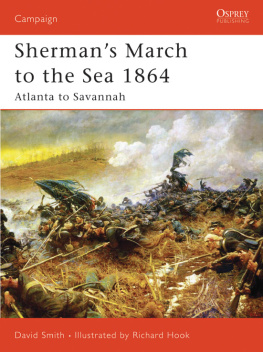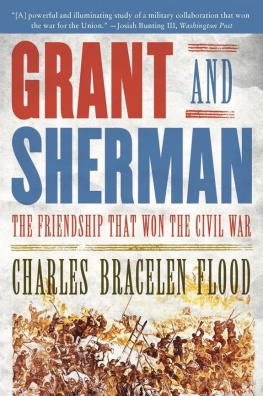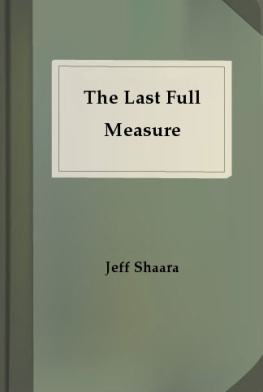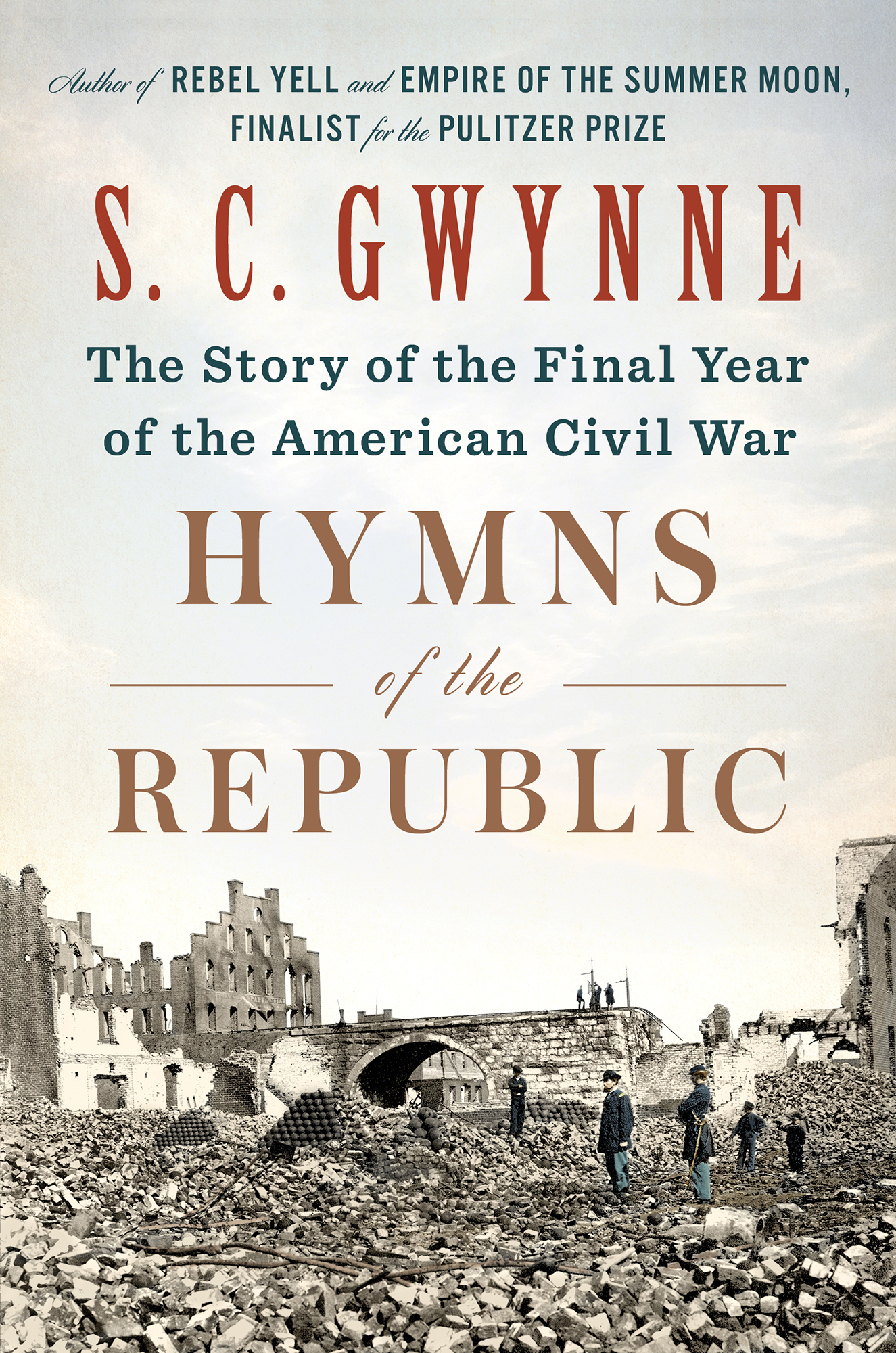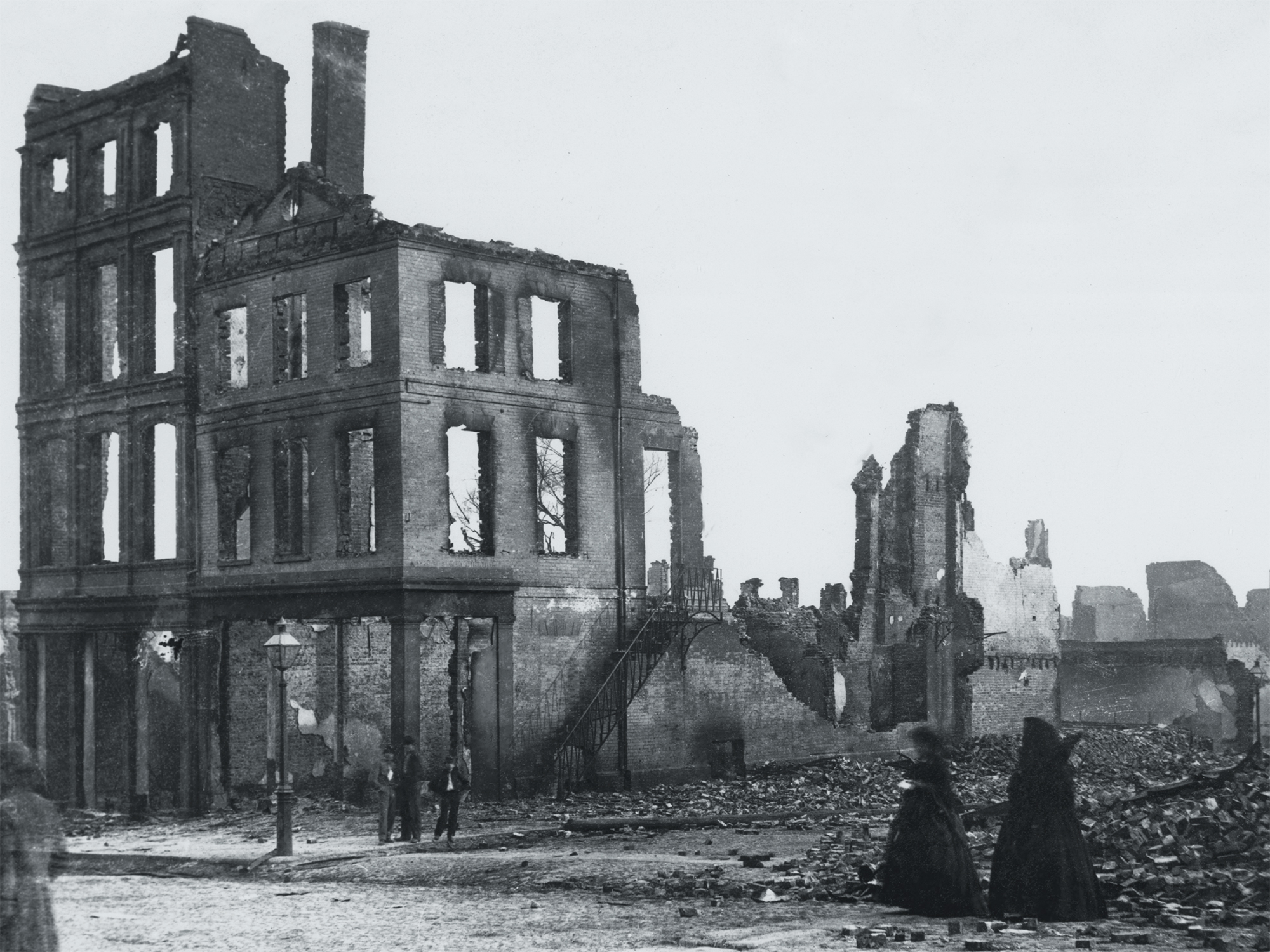Contents
Guide
ALSO BY S. C. GWYNNE
Empire of the Summer Moon: Quanah Parker and the Rise and Fall of the Comanches, the Most Powerful Indian Tribe in American History
Rebel Yell: The Violence, Passion, and Redemption of Stonewall Jackson
The Perfect Pass: American Genius and the Reinvention of Football

Scribner
An Imprint of Simon & Schuster, Inc.
1230 Avenue of the Americas
New York, NY 10020
www.SimonandSchuster.com
Copyright 2019 by Samuel C. Gwynne
All rights reserved, including the right to reproduce this book or portions thereof in any form whatsoever. For information, address Scribner Subsidiary Rights Department, 1230 Avenue of the Americas, New York, NY 10020.
FirstThis Scribner hardcover edition OctoberNovember 2019
SCRIBNER and design are registered trademarks of The Gale Group, Inc., used under license by Simon & Schuster, Inc., the publisher of this work.
For information about special discounts for bulk purchases, please contact Simon & Schuster Special Sales at 1-866-506-1949 or .
The Simon & Schuster Speakers Bureau can bring authors to your live event. For more information or to book an event, contact the Simon & Schuster Speakers Bureau at 1-866-248-3049 or visit our website at www.simonspeakers.com.
Interior design by Kyle Kabel
Jacket design by Jonathan Bush
Jacket photograph by Niday Picture Library / Alamy Stock Photo
Library of Congress Cataloging-in-Publication DataControl Number: 2019017038
Names: Gwynne, S. C. (Samuel C.), 1953 author.
Title: Hymns of the Republic: the story of the final year of the American Civil War / S.C. Gwynne.
Other titles: Story of the final year of the American Civil War
Description: New York : Scribner, [2019]
Identifiers: LCCN 2019017038 | ISBN 9781501116223 (hardcover) | ISBN 9781501116230 (pbk.) | ISBN 9781501116247 (ebook)
Subjects: LCSH: United StatesHistoryCivil War, 18611865.
Classification: LCC E468 .G97 2019 | DDC 973.7dc23
LC record available at https://lccn.loc.gov/2019017038
ISBN 978-1-5011-1622-3978-1-9821-3666-6
ISBN 978-1-5011-1624-7 (ebook)978-1-9821-3887-5
: Desolation and destruction in the urban South: In the spring of 1865 many of Richmonds white residents faced economic destitution and even starvation, while its newly freed black populationwho faced even more uncertain futuresdanced in the streets.
: Richmond, Virginia, in ruins, April 1865: The citys burned district was a monument to the destructiveness of the Civil Wars final year.
To Maisie
I saw battle-corpses, myriads of them,
And the white skeletons of young men, I saw them,
I saw the debris and debris of all the slain soldiers of the war,
But I saw they were not as was thought,
They themselves were fully at rest, they sufferd not,
The living remaind and sufferd, the mother sufferd,
And the wife and the child and the musing comrade sufferd,
And the armies that remaind sufferd.
Walt Whitman, When Lilacs Last in the Dooryard Bloomd
Neither party expected for the war the magnitude or the duration which it has already attained. Neither anticipated that the cause of the conflict might cease with or even before the conflict itself should cease. Each looked for an easier triumph, and a result less fundamental and astounding. Both read the same Bible and pray to the same God, and each invokes His aid against the other. It may seem strange that any men should dare to ask a just Gods assistance in wringing their bread from the sweat of other mens faces, but let us judge not, that we be not judged.
Abraham Lincoln, Second Inaugural Address
CHAPTER ONE The End Begins

ABRAHAM LINCOLN : By spring 1864 it was clear that the nations fate hinged on the presidents success or failure at the November polls.
W ashington, DC, had never, in its brief and undistinguished history, known a social season like this one. The winter of 186364 had been bitterly cold, but its frozen rains and swirling snows had dampened no spirits. Instead a feeling, almost palpable, of optimism hung in the air, a swelling sense that, after three years of brutal war and humiliating defeats at the hands of rebel armies, God was perhaps in his heaven, after all. The inexplicably lethal Robert E. Lee had finally been beaten at Gettysburg. Vicksburg had fallen, completing the Union conquest of the Mississippi River. A large rebel army had been chased from Chattanooga. Something like hopeor maybe just its shadowhad finally loomed into view.
The season had begun as always with a New Years reception at the Executive Mansion, hosted by the Lincolns, then had launched itself into a frenzy whose outward manifestation was the citys newest obsession: dancing. Washingtonians were crazy about it. They were seen spinning through quadrilles, waltzes, and polkas at the great US Patent Office Ball, the Enlistment Fund Ball, and at monster hops at Willards hotel and the National. At these affairs, moreover, everyone danced. No bored squires or sad-eyed spinsters lingered in the shadows of cut glass and gaslight. No one could sit still, and together all improvised a wildly moving tapestry of color: ladies in lace and silk and crinolines, in crimson velvet and purple moire, their cascading curls flecked with roses and lilies, their bell-shaped forms whirled by men in black swallowtails and colored cravats.
The great public parties were merely the most visible part of the social scene. That winter had seen an explosion of private parties as well. Limits were pushed here, too, budgets broken, meals set forth of quail, partridge, lobster, terrapin, and acreages of confections. Politicians such as Secretary of State William Seward and Congressman Schuyler Smiler Colfax threw musical soirees. The spirit of the season was evident in the wedding of the imperially lovely Kate Chasedaughter of Treasury Secretary Salmon P. Chaseto Senator William Sprague. Spragues gift to Kate was a $50,000 tiara of matched pearls and diamonds. When the bride appeared, the US Marine Band struck up The Kate Chase March, a song written by a prominent composer for the occasion.
What was most interesting about these evenings, however, was less their showy proceedings than the profoundly threatened world in which they took place. It was less like a world than a childs snow globe: a small glittering space enclosed by an impenetrable barrier. For in the winter of 186364, Washington was the most heavily defended city on earth. Beyond its houses and public buildings stood thirty-seven miles of elaborate trenches and fortifications that included sixty separate forts, manned by fifty thousand soldiers. Along this armored front bristled some nine hundred cannons, many of large caliber, enough to blast entire armies from the face of the earth. There was something distinctly medieval about the fear that drove such engineering.
The danger was quite real. Since the Civil War had begun, Washington had been threatened three times by large armies under Robert E. Lees command.

